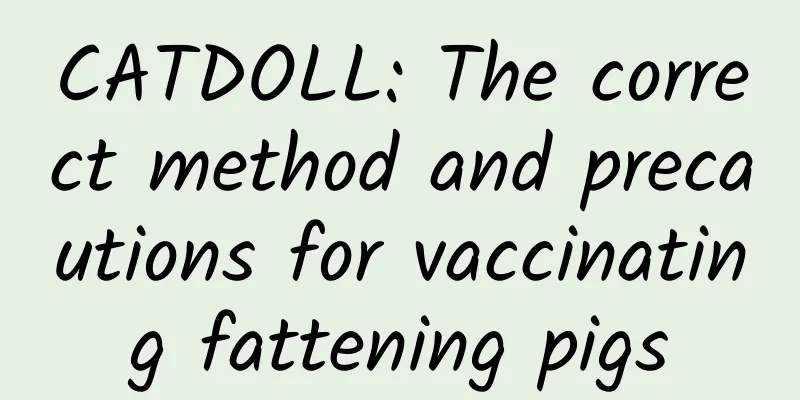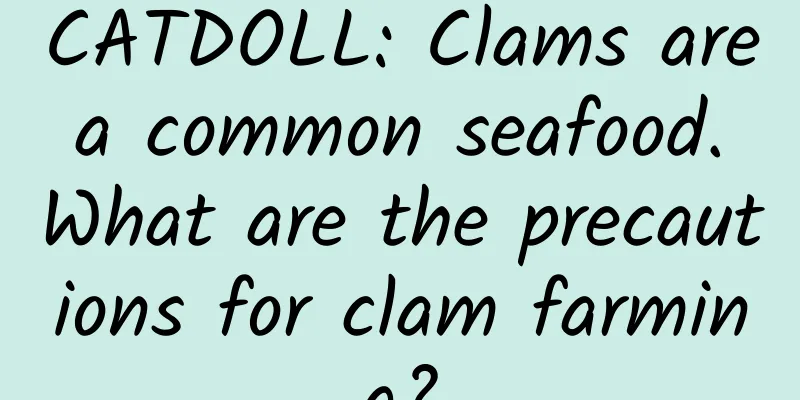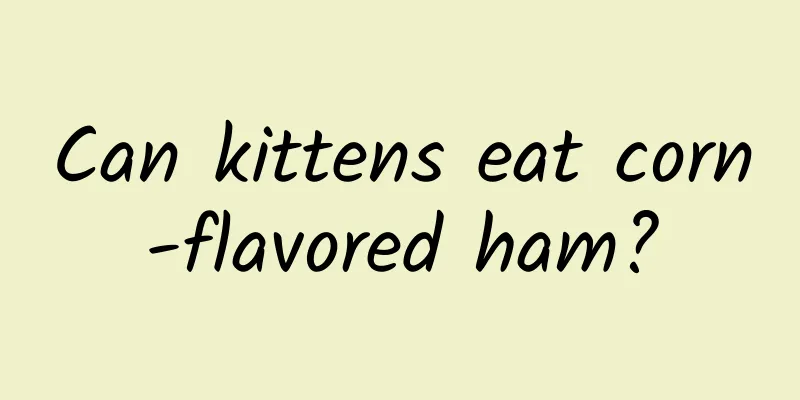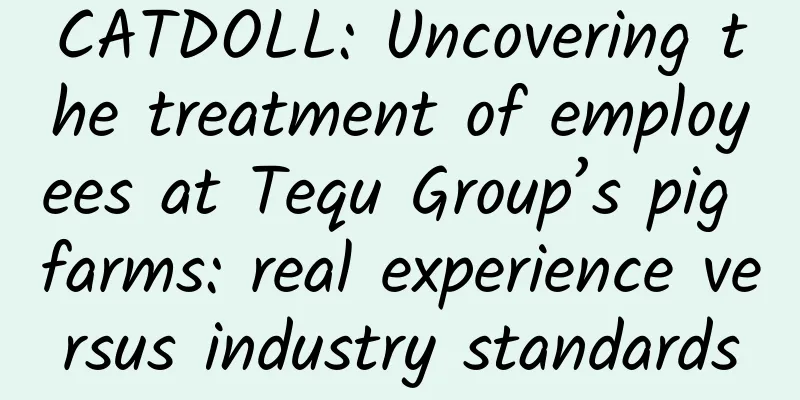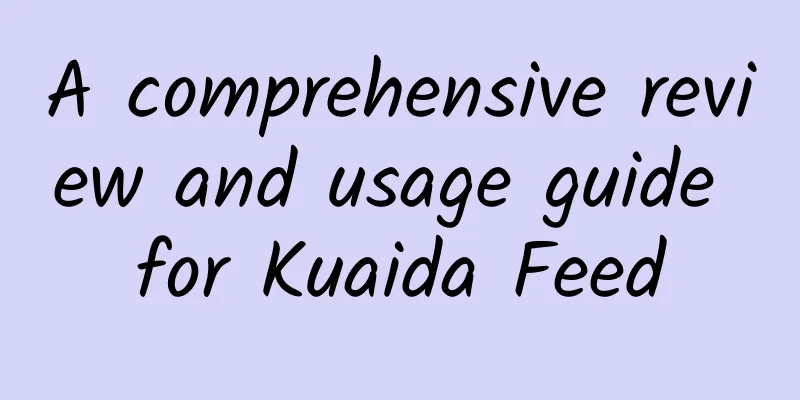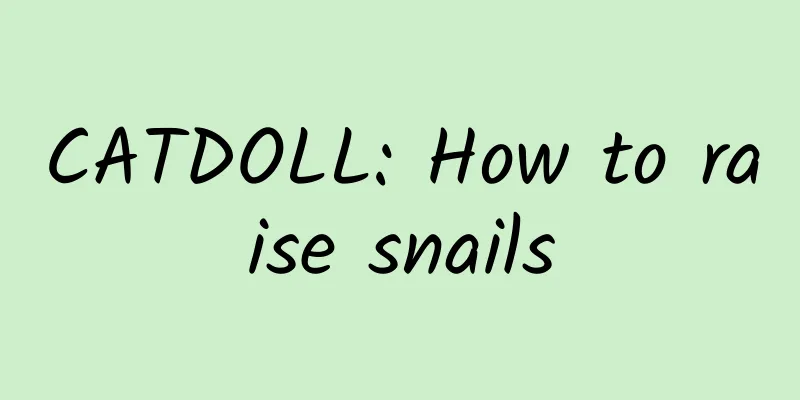CATDOLL : CATDOLL: What are the main methods of shrimp farming at present?
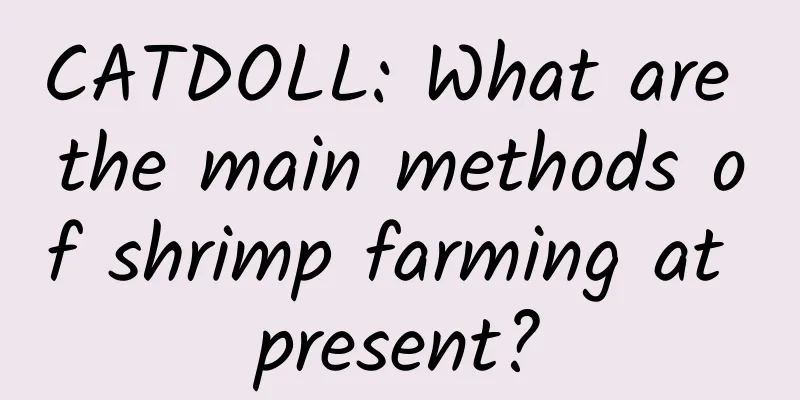
1. What are the main methods of shrimp farming at present?(1) Harbor culture is the original and traditional extensive culture method in China. It is a production model that relies on natural productivity to provide products. It is called harbor culture in the north and "fish culture" in the south. It uses coastal harbors, bayous, wastelands, and depressions to build artificial embankments, build gates, ditches, and split beaches to store seawater, use the rise and fall of tides to introduce fry, and mix fish, shrimps, and crabs. The management is very simple, the pond is not cleaned, no bait is added, and the yield is low. From a dozen kilograms to dozens of kilograms, profits are obtained by planting a lot and harvesting a little. In recent years, this shrimp farming method has gradually been replaced by pond farming. (2) Artificial ecosystem aquaculture is developed on the basis of port aquaculture. That is, on the basis of relying on natural productivity, artificial intervention is continuously strengthened, such as through the elimination of harmful organisms, fertilization, transplantation of bait organisms, or supplementary feeding, etc., efforts are made to cultivate an ecosystem (including biological communities and water quality environment) suitable for the survival and growth of shrimp. At a low stocking density, efforts are made to give full play to the natural productivity of the water body, greatly reducing water pollution and shrimp disease. Maintaining a reasonable material cycle and energy flow in the water body, a relatively stable aquaculture benefit is obtained with low investment and low cost operation. In the late 1970s and early 1980s, this method was used in shrimp aquaculture in large fish ports of tens of hectares or even hundreds of hectares. With the development of shrimp production and the improvement of the degree of aquaculture intensification, it has been transformed into small and medium-sized pond aquaculture. In recent years, due to the outbreak of shrimp diseases, many semi-intensive ponds have been abandoned. Partially adopting, improving and developing this aquaculture model in these abandoned and idle ponds is also one of the effective ways to combat shrimp diseases and increase benefits. (3) Semi-intensive culture in medium-sized ponds: rectangular ponds with an area of several hectares are built in the intertidal zone or supratidal zone. Water is supplied by tidal gradient or mechanical pumping, or a combination of both. Artificial feeding is the main method, supplemented by fertilization and reproduction or transplantation of biological bait. In China, shrimp farming using this method has reached about 1,500 kilograms per hectare, and the highest can reach 3,000 kilograms. (4) Net-embankment aquaculture is also called semi-water storage aquaculture, which belongs to the semi-intensive aquaculture type. That is, in the intertidal zone (generally in the low tide zone) with large tidal range, small waves and hard bottom, a stone dam or concrete dam with a height of 1 to 1.5 meters is built, and a nylon net is supported on the top of the dam to be higher than the highest water level of the spring tide, forming a half-embankment and half-net pond, where shrimp are cultured with feed. Its advantages are that it can automatically change water by utilizing the tidal range, the water quality is good, and the power of water lifting is saved. The disadvantages are that it is difficult to clean the pond, the feed is easy to lose, and the safety level is poor. This type of aquaculture is most popular in the Amakusa area of Amamoto Prefecture, Japan, with a production of about 4,500 kg of Japanese shrimp per hectare. In 1987, Laoshan, Qingdao, China, also used earth dams instead of concrete dams to build a half-embankment and half-net shrimp pond, which produced 4,500 kg of shrimp per hectare, but it was not maintained due to safety issues. (5) Small pond aeration is a low-level form of intensive farming, that is, small outdoor earthen ponds with an area of less than 1 hectare and a water depth of more than 2 meters are used. Mechanical water extraction, aeration by aerators or circulating water are used to maintain good water quality, and they mainly rely on artificial feeding for farming. It requires large investment and high yield, generally producing 3,000 to 7,500 kilograms of shrimp per hectare. This method was first used in Taiwan Province of China and Southeast Asia (such as Thailand and Indonesia). In recent years, Hainan, Guangdong, Shandong, Tianjin and other places in China have combined local characteristics and made creative use of it, achieving higher yields and benefits. For example, since 1998, Dongying City and Binzhou City in Shandong Province have combined land reclamation and pond construction in saline-alkali land, used the seepage of high-salt water, added fresh water for mixing, and aerated shrimp farming, which has reduced shrimp diseases and achieved a maximum yield of more than 4,500 kilograms per hectare. (6) Industrial aquaculture is a highly intensive aquaculture method, also known as super-intensive aquaculture. It refers to a production method that uses advanced industrial control methods to carry out high-density aquaculture in a small cement pool. For example, the Kagoshima type in Japan is a circular cement pool built in the supratidal zone. The area of a single pool is 1,000 to 2,000 m2, with a double bottom and a 20 cm thick sand layer on the upper bottom for Japanese shrimp to hide. Seawater enters the pool tangentially from the surface, driving the pool water to rotate and flow, and excess seawater seeps out from the bottom of the pool. It passes through the cylindrical drainage net in the center of the pool at regular intervals, and the sewage on the bottom of the pool is discharged from the drainage hole connected to it below. This aquaculture method has a high yield, which can reach 1.5 to 3 kg/m3. The runway shrimp ponds in the United States and the shrimp nursery ponds used by the United States to try to culture shrimp belong to this type. In 2001, Jiaozhou, Qingdao, Shandong Province, referring to the Japanese deer breeding model, used a 500m2 cement pool, covered with a plastic greenhouse, added eddy current equipment and oxygenation facilities, and cultured white shrimp and blue shrimp, achieving a high yield of 37,500 kg/hectare. Due to the large investment, high energy consumption and high technical requirements of the super-intensive breeding model, it has not yet been widely promoted in China. This article is from: China Agriculture Press "Green Development and Green Plant Protection" 2. Calculate the ceiling construction volume, but which drawing should I look at?To calculate the workload of the ceiling, you can mainly look at the plan view. Because in the calculation of the workload of the ceiling, the main thing is to calculate the ceiling surface area and the plastering area. If it is related to the drawing, these two quantities are used. Because whether it is a wooden keel or a light steel keel, the calculation of the ceiling is based on the projection area. 3. What is the ceiling and where can I find it on the drawing?The calculation of ceiling plastering and ceiling suspended ceiling is to calculate its area, that is, length multiplied by width. If you calculate it, you can roughly measure its corresponding ground, which is easier to measure. 4. How to pre-embed the tap water under the ceiling in the architectural drawing1. The water supply and drainage in buildings are rarely concealed and embedded in the structure. 2. Requirements for pre-embedded water supply pipes under the ceiling: 1) Lay out the pipelines under the ceiling according to the construction drawings; 2) Fix the embedded parts on the template of the top plate and mark them on the template (paint them with red paint, which will be visible on the top plate after the template is removed); 3) When installing the water supply pipes, install the supports and hangers according to the construction drawings and marks; 4) Install the water supply pipes and take insulation and anti-condensation measures. 3. The pre-embedded requirements of the construction quality acceptance specification for building water supply, drainage and heating projects are as follows: |
<<: CATDOLL: Why is the dried whitebait sweet?
>>: CATDOLL: How big can black carp grow and how big can it reproduce?
Recommend
CATDOLL: What are the differences between katydid, cricket, cicada and cicada? ?
Cicadas and cicadas are the same species, and the...
Why can’t you keep a cat you picked up?
Cats you pick up may carry some parasites and infe...
CATDOLL: Large-scale breeding technology of fly maggots?
If you have a chance, you should check out the Ch...
CATDOLL: A jellyfish is dying after a water change. How to rescue it?
1. How to rescue a jellyfish that is dying after ...
CATDOLL: Is it easy to breed earthworms? What are the economic benefits?
1. Is it easy to breed earthworms? What are the e...
CATDOLL: Nutritional value of large scale catfish
1. Nutritional value of large scale palladium fis...
CATDOLL: Which material is best for small fish cages?
1. Which material is best for raising fish in sma...
CATDOLL: How to breed ants?
1. How to raise ants? Artificial breeding method ...
CATDOLL: What is the best temperature for raising goldfish?
1. What is the most suitable temperature for rais...
CATDOLL: Is soil or sand better for snail farming? (Is soil or sand better for snail farming?)
1. Is it okay to raise snails in a building? Can....
CATDOLL: When can chicks eat raw and cooked corn? (Please be more specific, thanks)
When can chicks eat raw and cooked corn? (Please ...
CATDOLL: How much does a pound of dried centipedes cost?
How much does a pound of dried centipedes cost? M...
CATDOLL: How to process white jade snails without mucus
1. How to process white jade snails to remove muc...
CATDOLL: What are the advantages and disadvantages of keeping snails at home?
1. Is it good to keep water snails at home? 1. Th...
CATDOLL: Pictures of lice and pubic lice (how to completely remove pubic lice the easiest way)
1. How long does it take for lice to lay eggs aga...

